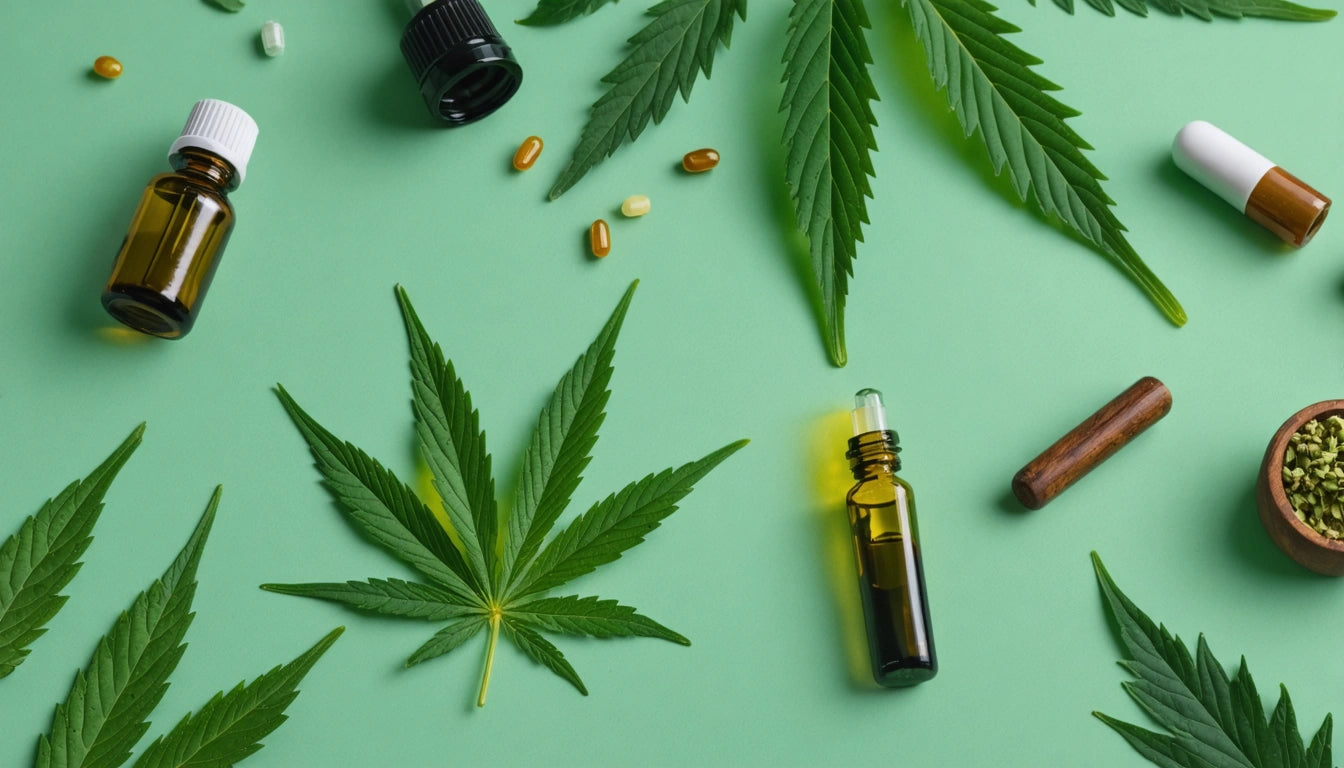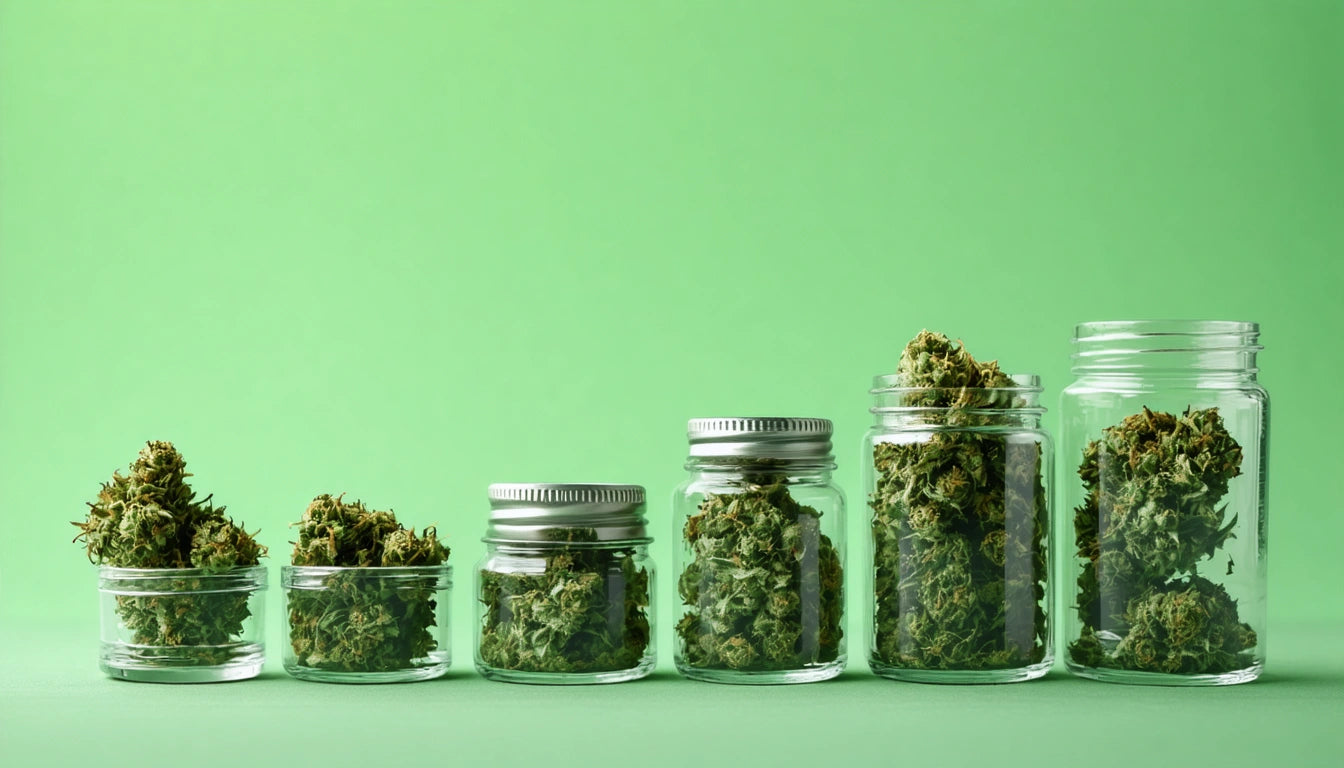Table of Contents
- Understanding CBD Pain Relief: The Science Behind It
- Types of Pain CBD Addresses: From Nerve Pain to Tooth Pain
- CBD Consumption Methods: Effectiveness and Onset Time
- Comparing Cannabinoids: CBD vs CBN vs CBG for Pain Relief
- Potential Side Effects: Addressing Concerns About CBD
- The Future of CBD in Pain Management: Research and Development
Exploring the Pain Relief Potential of CBD: Benefits, Comparisons, and Usage
As interest in natural remedies continues to grow, cannabidiol (CBD) has emerged as a popular option for those seeking pain relief without pharmaceutical side effects. Many consumers ask: does CBD help with pain? The evidence suggests it may offer benefits for various pain conditions, though research is still evolving. This guide explores CBD's potential for pain management, comparing different cannabinoids, and examining the most effective consumption methods.
Understanding CBD Pain Relief: The Science Behind It
CBD interacts with the body's endocannabinoid system (ECS), which helps regulate pain, mood, appetite, and immune function. Unlike THC, CBD doesn't produce intoxicating effects, making it appealing for daytime use. Research indicates that CBD may help relieve pain through several mechanisms:
- Reducing inflammation by inhibiting inflammatory mediators
- Modulating pain perception through interaction with vanilloid receptors
- Preventing the breakdown of natural endocannabinoids
- Affecting serotonin receptors which influence pain processing
Studies on CBD's interactions with the body continue to reveal its complex effects on multiple biological systems related to pain management.
Types of Pain CBD Addresses: From Nerve Pain to Tooth Pain
Neuropathic Pain
Does CBD help nerve pain? Preliminary research suggests CBD may be beneficial for neuropathic pain conditions. A 2020 review in the Journal of Pain Research found that CBD shows promise for managing nerve pain associated with conditions like multiple sclerosis, diabetes, and chemotherapy treatment.
Inflammatory Pain
CBD's anti-inflammatory properties may help with arthritis, workout recovery, and other inflammation-related pain. The European Journal of Pain published a study showing topical CBD reduced pain and inflammation in animal models of arthritis.
Dental Pain
For those searching for the best CBD for tooth pain, products with higher concentrations (1000mg+) combined with anti-inflammatory terpenes like beta-caryophyllene may provide temporary relief. CBD's ability to reduce inflammation and affect pain signaling makes it potentially useful for dental discomfort.
CBD Consumption Methods: Effectiveness and Onset Time
How fast does CBD kick in for pain? The answer depends largely on the consumption method:
- Sublingual (under tongue): 15-30 minutes
- Inhalation: 5-10 minutes
- Topical application: 15-45 minutes
- Oral ingestion (edibles/capsules): 30-90 minutes
The benefits of CBD oil under tongue administration include faster absorption and higher bioavailability compared to swallowed products. When placed under the tongue, CBD can enter the bloodstream directly through the sublingual vessels, bypassing first-pass metabolism in the liver.
For those concerned about child safety when using CBD products, we recommend secure packaging with child-resistant features to prevent accidental ingestion, especially for higher-potency formulations.
Comparing Cannabinoids: CBD vs CBN vs CBG for Pain Relief
When evaluating CBD vs CBN vs CBG for pain relief, it's important to understand their unique properties:
- CBD (Cannabidiol): The most researched non-intoxicating cannabinoid, with demonstrated anti-inflammatory and analgesic properties.
- CBN (Cannabinol): Often associated with sedative effects, potentially beneficial for pain conditions that disrupt sleep.
- CBG (Cannabigerol): Shows promise for inflammation and pain, with some studies suggesting it may be more effective than CBD for certain types of pain.
Research comparing CBD and CBG indicates these cannabinoids may work through different mechanisms, potentially offering complementary benefits when used together.
Does CBD with terpenes help pain more effectively? Evidence suggests that full-spectrum or broad-spectrum products containing terpenes and multiple cannabinoids may produce an "entourage effect," enhancing pain-relieving properties beyond isolated CBD.
Potential Side Effects: Addressing Concerns About CBD
Digestive Concerns
Can CBD oil cause gastritis? While CBD is generally well-tolerated, some users report digestive discomfort. CBD can affect gastric acid secretion and gut motility, which might exacerbate existing gastritis in sensitive individuals. However, most research indicates CBD has anti-inflammatory effects in the digestive tract, potentially beneficial for inflammatory bowel conditions.
If you experience digestive issues with CBD oil, consider:
- Taking CBD with food
- Switching to a different carrier oil (MCT, hemp, or olive oil)
- Trying alternative administration methods like topicals
- Starting with lower doses and gradually increasing
Other Considerations
CBD may interact with certain medications, particularly those metabolized by the cytochrome P450 enzyme system. Some users report headaches when beginning CBD, often related to dosage or product quality issues.
The Future of CBD in Pain Management: Research and Development
The distinction between hemp oil vs CBD oil for pain is important for consumers to understand. Hemp oil (from seeds) contains negligible cannabinoids but offers nutritional benefits, while CBD oil (from flowers and leaves) contains active cannabinoids with potential pain-relieving properties.
As research advances, we're seeing development of targeted formulations combining specific cannabinoid ratios with terpenes for enhanced pain relief. Ongoing clinical trials are investigating CBD's efficacy for specific pain conditions, which may lead to more standardized treatment protocols.
For those considering CBD for pain management, consulting healthcare providers familiar with cannabis therapeutics can help determine appropriate products and dosages based on individual health factors and pain conditions. While CBD shows promise for pain relief, it works best as part of a comprehensive approach that may include physical therapy, stress management, and other interventions tailored to specific needs.











Leave a comment
All comments are moderated before being published.
This site is protected by hCaptcha and the hCaptcha Privacy Policy and Terms of Service apply.